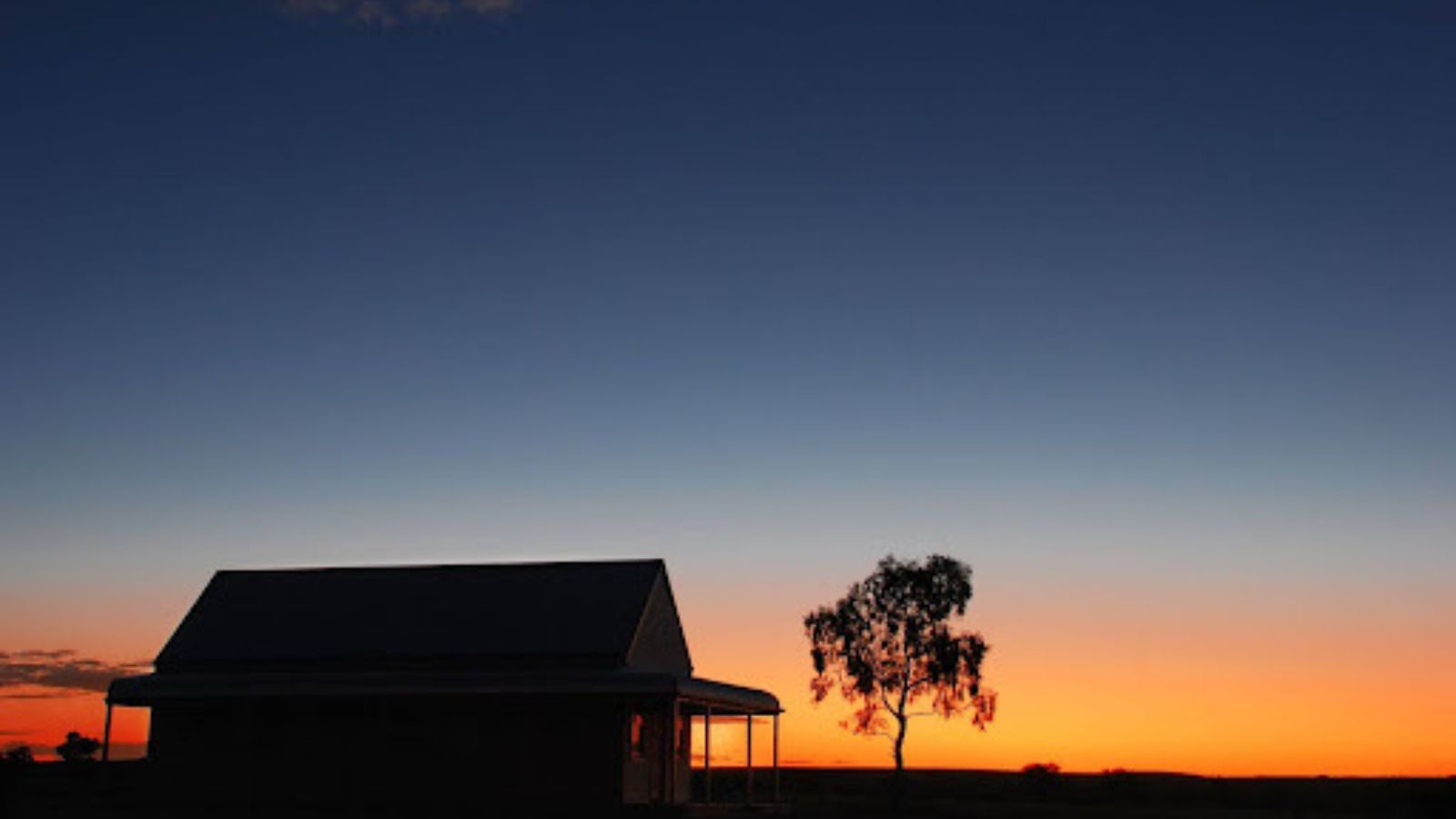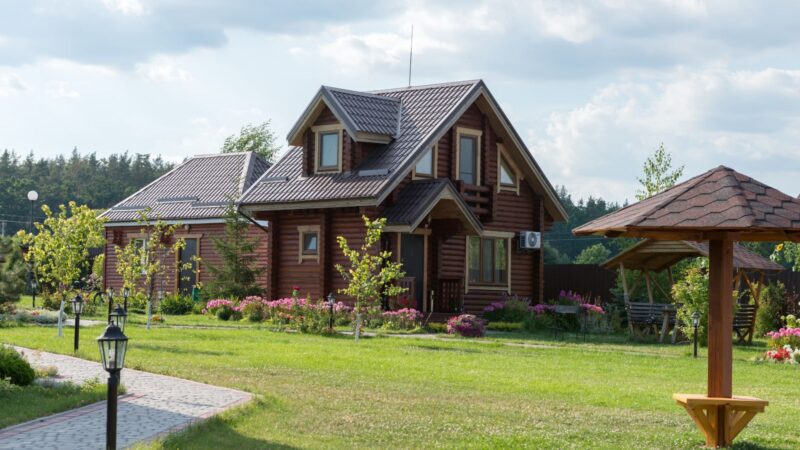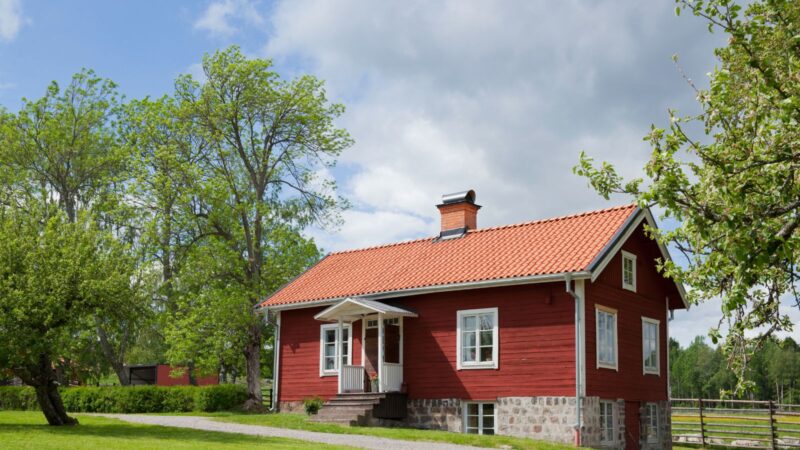Designing and decorating a classic farmhouse typically requires a dynamic approach to interior design. For starters, harmoniously blending style with practicality in farmhouse design is essential to maintaining the functionality of the home whilst adding aesthetic appeal.
This is mainly because self-reliance is essential when it comes to comfortable rural living. Curating functional and comfortable interiors is vital for enjoying a happy and fulfilling country lifestyle.
Even so, it’s equally important to find joy in your surroundings. Integrating your personal style into both the interior and exterior design is key to creating a truly welcoming and enjoyable home environment.
Let’s delve into five design tips that elevate both the visual appeal and the efficiency of your farm.
Table of Contents
ToggleStylish And Practical Fencing
When it comes to fencing for a farm, balancing style with practicality is key. Wire fences are the ubiquitous perimeter fencing for regional farmhouses across the globe. Strong posts, like star pickets are regularly spaced to keep the wire taut, with different wiring options available to suit your particular needs.
Installing a secondary interior fence close to the house is beneficial, particularly if your boundary fence has electric wires. There is a greater range of options when fencing around the house. However if your veggie garden is being nibbled on, or destroyed, a wire fence is your best option to keep kangaroos and other night time creatures out whilst still ensuring you can enjoy your views of sweeping plains, pastures, and all the other sights of your rural surroundings.
Wraparound Verandah
Often called the ‘Australian verandah’ traditional colonial homes across the Indian subcontinent, Australia, and New Zealand, built deep verandahs, often wrapping around the roofline for maximum impact and versatility. With the searing summer sun and torrential rain, maximising shade and shelter is essential.
There are many styles and colours to choose from, with conventional verandahs having bullnose or flat profiles. Many of these traditional roofs are heritage listed, such is their significance to Australian buildings, which may limit the changes you can make. This isn’t a bad thing, however, as really highlighting your home’s unique architectural elements can be a simple but effective way of elevating your home’s exterior design.
Wraparound verandahs give the option of making rooms directly accessible from outside via French doors. Exterior doors are beneficial as, when opened they allow air flow and ventilation.
Water Tank Screen
Living out of your nearest town means you may not have access to municipal water services and have to rely instead on capturing rainwater in tanks. Water tanks are often unsightly and building a screen to hide them is an aesthetic improvement for a farmhouse.
To create a seamlessly effective screen, use materials that blend with the colours and style of the house, such as white aluminium slatted screen to match with the white exterior walls of the house. Alternatively, complement the natural surroundings using local timber or constructing the screen with fallen branches.
Climbing plants, such as the native clematis and jasmine, or vegetables like beans and peas, can be trained to grow over the screen, adding a layer of greenery that further conceals the tank while enhancing the overall landscape. This approach means you can store the water tour farmhouse needs whilst also creating an appealing design feature.
Integrated Solar Panels
If you’re put off by chunky, ugly solar panel systems, there are stylish and effective options available. As with water, being self-reliant for your electricity needs saves money and benefits our strained environment.
Diesel-powered generators are usually the primary source of electricity for off-grid farmhouses, but this creates pollution and diesel is getting increasingly more expensive. Solar panels may be more expensive to install, but once fitted, you will rarely have to pay for your electricity, ensuring that your farmhouse can maintain a modest carbon footprint.
In the Nordic and Scandinavian regions, integrated solar roofs are commonplace, with the steel solar sheets replacing part, or all, of the roof. On the other side of the world, most Australian farmhouses have corrugated iron roofs, making them ideal for solar sheets.
The design and construction of solar roofs requires no regular maintenance, unlike regular panels making sustainability easy, inexpensive and visually pleasing.
Mud Room
Rural living is messy regardless of the size and what your property is used for. The dusty soil, sodden rain, or stodgy mud makes a clean floor impossible. Installing or renovating a room to serve as a modern mudroom is a practical solution to this issue.
Searching the internet will show you mudrooms that are pristine, with natural light, white cabinetry and bespoke seating. But, the very idea of a mudroom is that it’s supposed to get messy!
The main elements for a useful mudroom are a heavy duty boot brush scraper, a storage rack for shoes, a bench seat, hooks for wet and grubby work jackets and overalls, a box for hats, a sink, nail scrubber, and a truck load of soap. Ideally you would also have an adjoining toilet to avoid having to take off all your dirty garments and shoes to use the loo.
Laundry rooms make convenient mudrooms as the washing machine is in the same room. They usually have tile or laminate floors, making the room a breeze to clean. Add hidden storage for outdoor equipment, torches and a basic first aid kit to give a neat and classy touch.
Balancing your design style with the functional needs of your home doesn’t have to be a battle. By integrating your personal preferences with innovative functionality, you can create a self-sustainable country home that meets your unique needs and preferences.
With careful consideration and thoughtful implementation, your farmhouse will provide a comfortable and inviting environment for years to come.



